© 2025 ALLCITY Network Inc.
All rights reserved.

Four years ago, almost to the date, the New York Rangers sent a letter to their fans announcing their intention to embark on a rebuild. New York had made some deep playoff runs, including three conference finals appearances and one Stanley Cup Final appearance, but the Rangers never reached the promised land of a championship.
While the price for their accomplished veteran players was rising, the ability of those same veterans was declining, as evidenced by early playoff exits in 2016 and 2017, and a mediocre first half of the 2017-18 season. So the Rangers were refreshingly transparent, telling their fans that they were about to part with some popular players including defenseman Ryan McDonagh and forward J.T. Miller, following the departure of forwards Derek Stepan and Derick Brassard.
It was all about the future.
Four years after that laudable admission, the Rangers are in first place in the Metropolitan Division after a 7-3 win against the Coyotes at Madison Square Garden on Saturday. They have the sixth-best points percentage in the NHL, and many analysts believe that they have the ability to make a deep playoff run, if not a Cup run.
Last summer, Coyotes GM Bill Armstrong offered a similar form of transparency to Coyotes fans when he elected to part ways with a host of popular players including captain Oliver Ekman-Larsson, defensemen Alex Goligoski, Niklas Hjlamarsson and Jason Demers, goaltenders Darcy Kuemper, Antti Raanta and Adin Hill, and forwards Conor Garland, Christian Dvorak and Michael Bunting.
Armstrong came to the correct opinion that this group had gone as far as it could; that it would never be more than a playoff bubble team that could fake it but never make it. So the Coyotes embarked on their own rebuild with a stripped-to-the-studs roster and a host of draft picks acquired through key trades.
Rebuilds can take a long time. When you look at the three-time Stanley Cup champion Blackhawks rosters, they really began with the drafting of defenseman Duncan Keith in 2002. Chicago didn’t make the playoffs until 2009, advancing to the Western Conference Final, and it won the first of its three Cups in 2010.
Sometimes rebuilds fail. Just look at the current situations in Buffalo and Edmonton.
Sometimes, however, circumstances can speed a rebuild. Pittsburgh landed Marc-André Fleury, Evgeni Malkin, Kris Letang and Sidney Crosby in three successive drafts between 2003 and 2005. The Penguins were in the playoffs by 2007, they were in the Cup Final in 2008, and they won the Cup in 2009.
And now the Rangers are eyeing an even faster track, which begs the question: Can the Coyotes follow suit? While some analysts think it will take longer, can the Coyotes, through their sheer volume of picks and a completely revamped scouting staff, speed up this rebuild so that when they are ready to move into a new arena (cross your fingers and say your prayers), they are ready to energize a hockey market that is starved for sustained success?
Only time will tell, but let’s examine the ingredients that have contributed to this rapid Rangers rebound.
Right off the bat, it’s important to note that New York is the NHL’s largest media market and its ownership’s pockets are deep. New York doesn’t have to worry about cutting corners when it builds a roster, builds out a staff, or builds any of the physical infrastructure (including playing and practice arenas) required to win championships. Bottom-of-the-barrel cap teams don’t win Cups. It’s that simple, and history underscores this point. You have to spend to win.
But there are other ingredients that have keyed the Rangers’ rise.
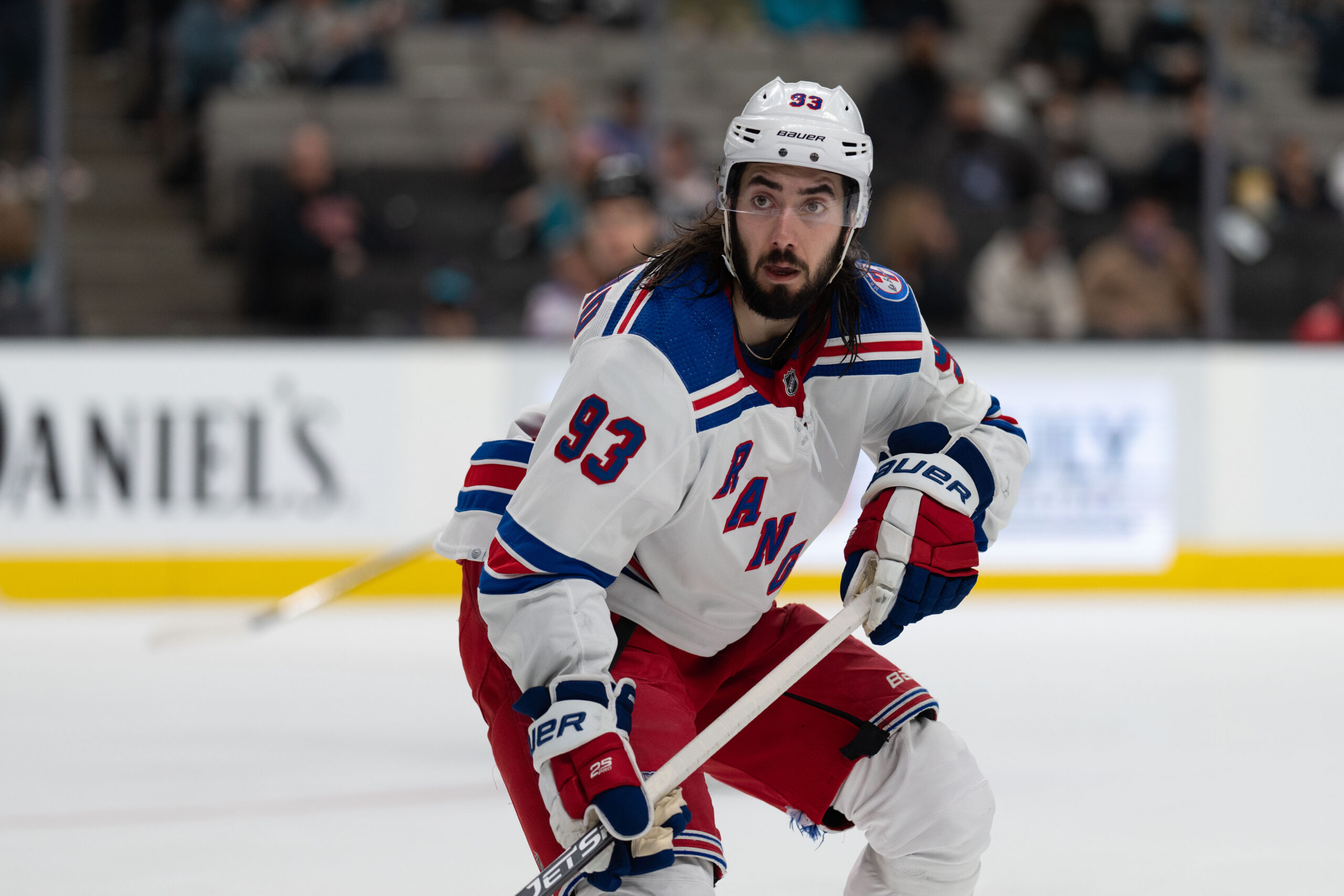
Trades
Every GM will tell you that the key to building a championship caliber team is drafting both elite players that become the core of your team, and drafting the depth around those players to avoid the situations in which teams such as the top-heavy Oilers find themselves. Edmonton has two of the game’s best players in Connor McDavid and Leon Draisaitl, but not enough depth around them to make significant progress.
The Rangers are an unusual example in this regard. Their top three point producers (Adam Fox, Artemi Panarin and Mika Zibanejad) did not come via their own drafts. They came via trades and free agency.
On July 18, 2016, the Rangers acquired Zibanejad and Ottawa’s 2018 second-round pick for Brassard and a seventh-round pick in 2018. The Rangers clearly won that trade and in so doing, already had their No. 1 center in place when they embarked upon the rebuild a year and a half later.
We won’t detail all of New York’s trades, but four other deals show the importance of a GM’s ability to make shrewd trades to improve his club. Even previous Cup winners did that. The Blackhawks acquired Patrick Sharp from Philadelphia and he was a core piece of their championships. The Penguins got Phil Kessel from Toronto.
On Nov. 16, 2018, New York acquired center Ryan Strome from Edmonton for Ryan Spooner. He has nine goals and is the Rangers’ fifth-leading point producer with 30 points in 37 games.
On Feb. 25, 2018, the Rangers acquired rugged defenseman Ryan Lindgren as part of Rick Nash trade. Lindgren is playing on the top pair with another trade acquisition, reigning Norris Trophy winner Adam Fox, whose draft rights the Rangers acquired on April 30, 2019 from the Carolina Hurricanes for a 2019 second-round pick and a conditional 2020 third-round pick; another obvious win.
Finally, on June 18, 2019, New York acquired defenseman Jacob Trouba from Winnipeg for Neal Pionk and a 2019 first-round pick (prospect Ville Heinola).
All five of those acquired players are clearly playing key roles for New York.
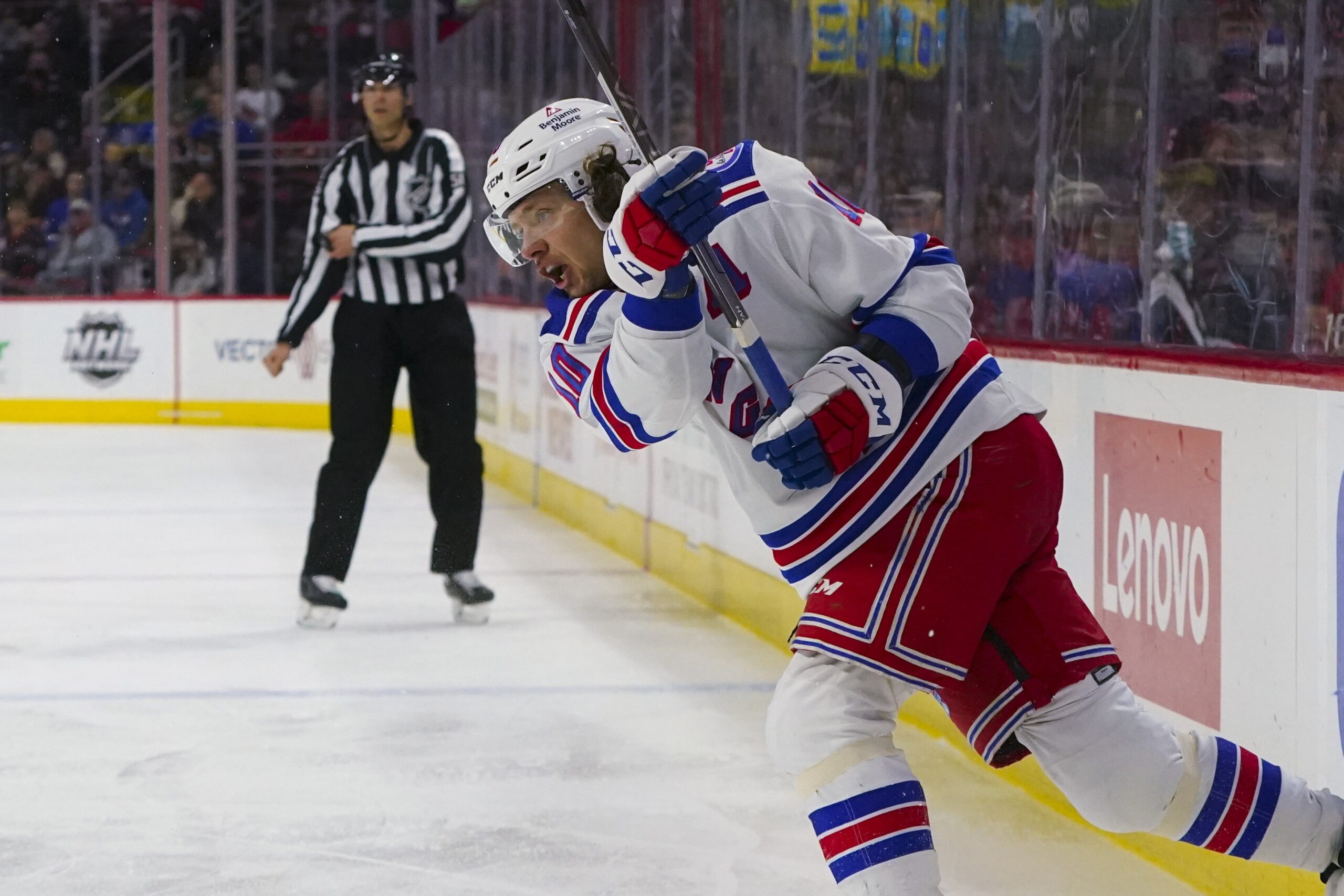
Free agency
When the Columbus Blue Jackets’ Artemi Panarin became a free agent in July of 2019, it was no secret that he wanted to play in a big market. Panarin started his electric career with the Blackhawks, who had to trade him due to more poor cap management. He liked the big city. He didn’t like small-town America, which is what Columbus is.
It also helped that the Rangers had just hired John Davidson as president after he stepped down from the same post with Columbus two months earlier. The two had a relationship.
Panarin signed a seven-year, $81.5 million contract with New York. He has been worth every penny.
Phoenix isn’t exactly Columbus, but it doesn’t offer the same big-city lure that New York offers. That said, a key free-agent signing will probably have to be one of the ingredients in Armstrong’s efforts to build a playoff team and a Cup contender. And hey, there’s an Arizona product playing in Toronto whose contract expires in a couple of years. Very rarely do free-agent signings offer franchise-altering possibilities. Auston Matthews is the exception to that rule.
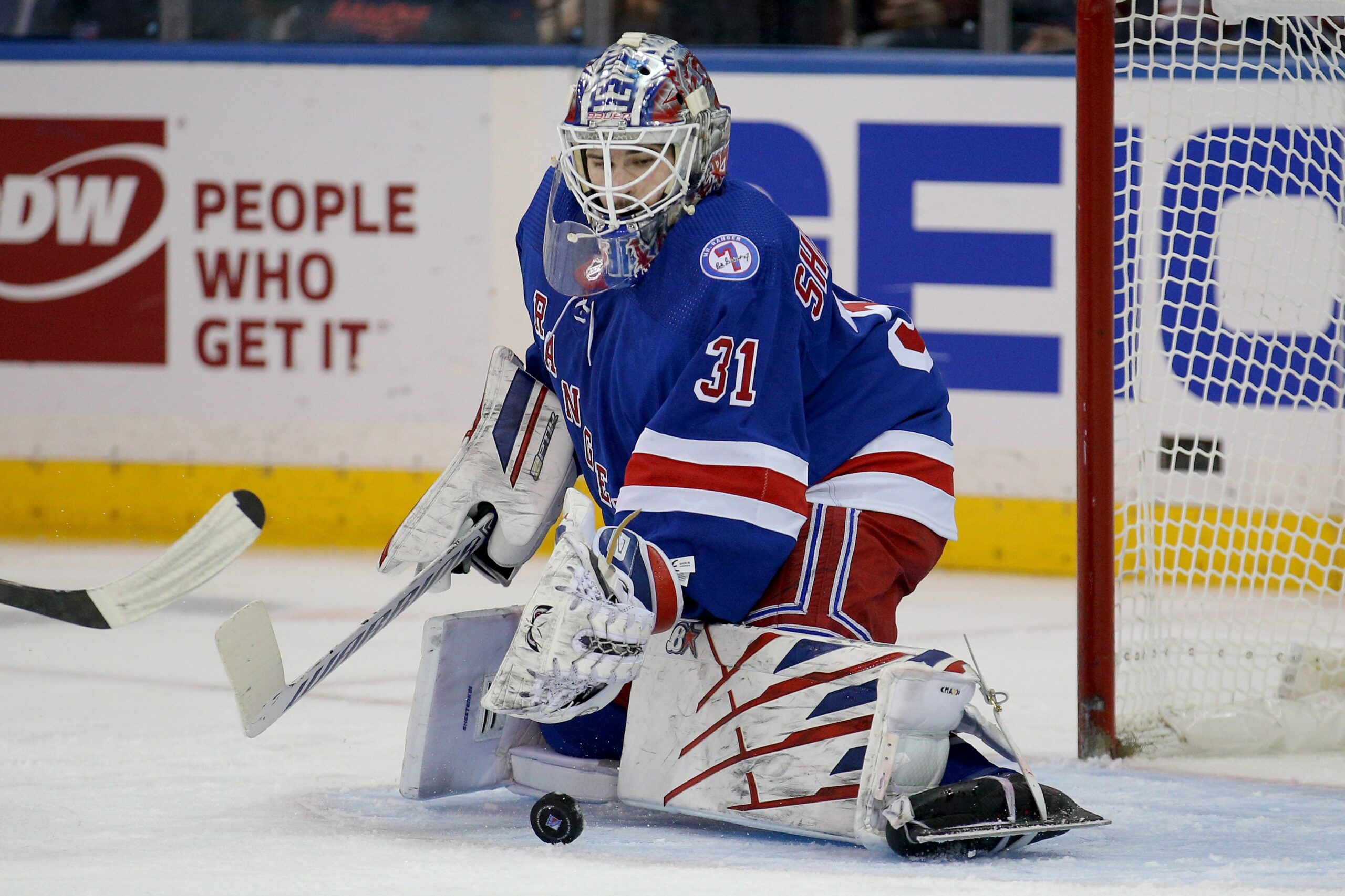
Draft/depth
The Rangers are unusual in the fact that not a lot of their elite pieces have come through the draft (yet), but goaltender Igor Shesterkin certainly qualifies. He is among the league leaders in every meaningful stat, he is in line to contend for the Vezina Trophy as the NHL’s top goalie, and his continued play and development will be critical in New York’s hopes for its first Cup since the Mark Messier-inspired 1994 run.
The Rangers selected Shesterkin in the fourth round (No. 118) of the 2014 NHL Draft, a classic example of how hard it is to evaluate elite goaltenders in the draft process. If the Coyotes hope to build a contender in short order, they’ll need an elite goalie. In 25 years in the Valley, Arizona has never drafted an elite goaltender. Management hopes that Ivan Prosvetov will changes that narrative with Karel Vejmelka possibly providing depth if he sustains his level of play, but the Coyotes will need to fill the pipeline with more possibilities.
In addition to Shesterkin, New York has added some key pieces in the draft. It selected top-six forward Chris Kreider 19th overall in 2009. It selected top-four defenseman K’Andre Miller 22nd overall in 2018, and it selected depth forward Filip Chytil 21st overall in 2017.
On the subject of depth, as previously noted, teams have to fill in around their stars with enough depth to sustain a team through an 82-game season and the grind of the Stanley Cup playoffs where good teams are able to roll four lines and go five to six deep on defense.
But depth in the short-term isn’t the only goal. Each season presents financial challenges with the salary cap so teams have to have a steady pipeline of players coming through the system. As Armstrong continues to build the Coyotes through asset acquisition, and around players such as Clayton Keller and Dylan Guenther, look for him to push some of those draft picks out to 2024 and 2025 to make sure that he has that steady stream of players coming up to replace the players whom he loses. He’ll want more additions like Janis Moser and Vejmelka to fill in the cracks.
New York hopes it has some of those players in defenseman Nils Lundkvist (28th overall, 2018), forward Vitali Kravtsov (ninth overall, 2018), defenseman Zac Jones (68th overall, 2019), defenseman Braden Schneider (19th overall, 2020), and forward Morgan Barron (174th overall, 2017).
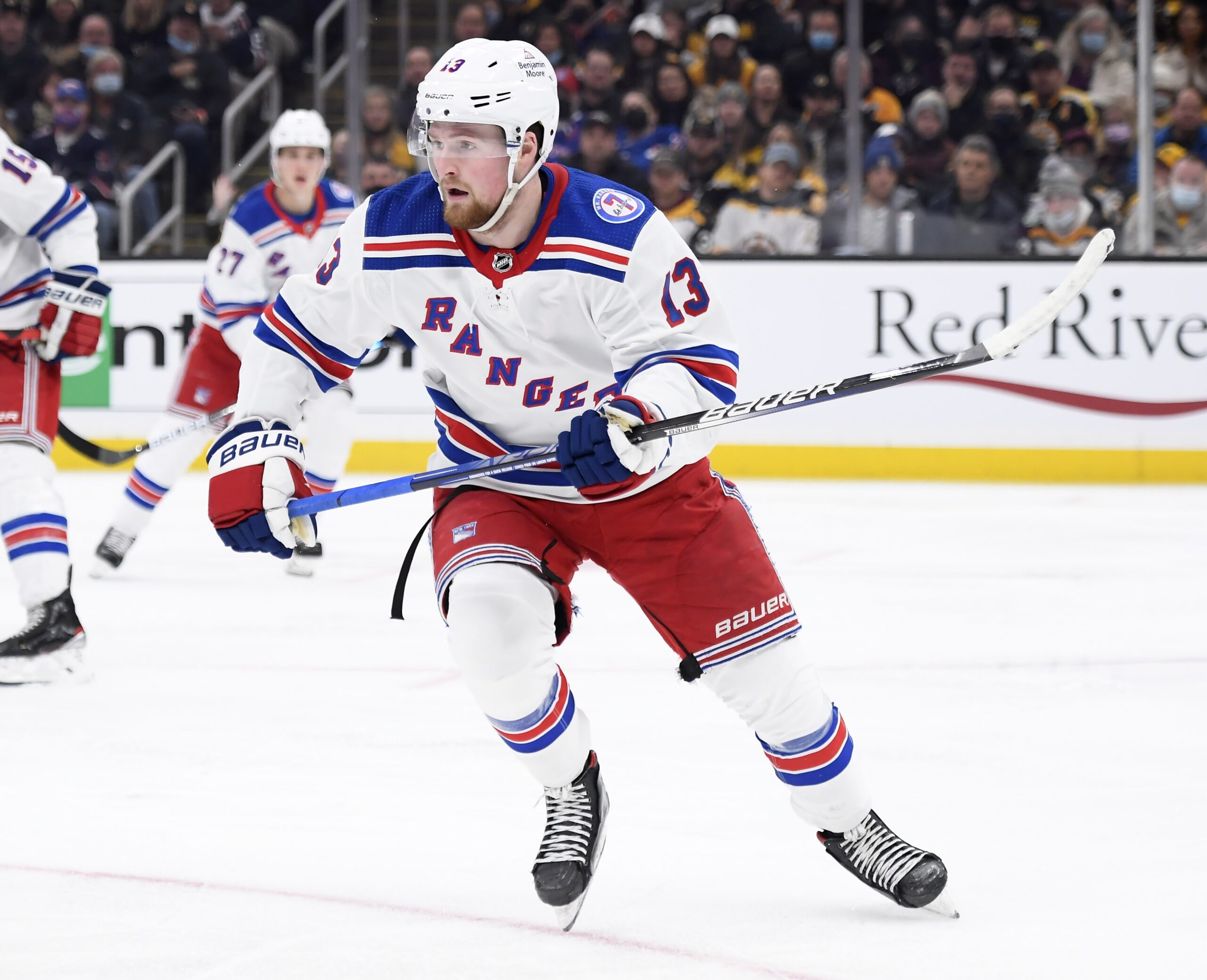
Luck
In 2019, the Rangers had a 7.8-percent chance of landing the No. 2 pick after finishing with the NHL’s sixth-worst record. They got it and drafted forward Kaapo Kakko. In 2020, they had a 2.5-percent chance of landing the No. 1 pick. They jumped 10 spots and drafted Alexis Lafreniére first overall, fueling conspiracy theories. Not only did New York overcome odds to get back-to-back top-two picks, they landed them in years in which there were elite prospects.
Everybody expects the Coyotes to own some of the best lottery odds in the next two drafts. Will their luck finally change? The Coyotes have never landed a top-two pick in the draft and they usually drop spots. If you look at the aforementioned Cup winners, you will find those teams littered with top-two picks, whether it’s Patrick Kane, Sidney Crosby, Evgeni Malkin, Marc-André Fleury, Steven Stamkos or Victor Hedman.
Luck is probably the most overlooked aspect of building a winner. You have to land top picks in the lottery. You have to land top picks in the lottery in years when there are elite players. You have to avoid key injuries. You have to get good bounces in games or good draws early in the playoff process of teams to afford them the chance to grow. Division alignment at any given point in history can impact the ease of a team’s path through the playoffs.
So much can go wrong. It is really hard to win playoff games and win Cups.
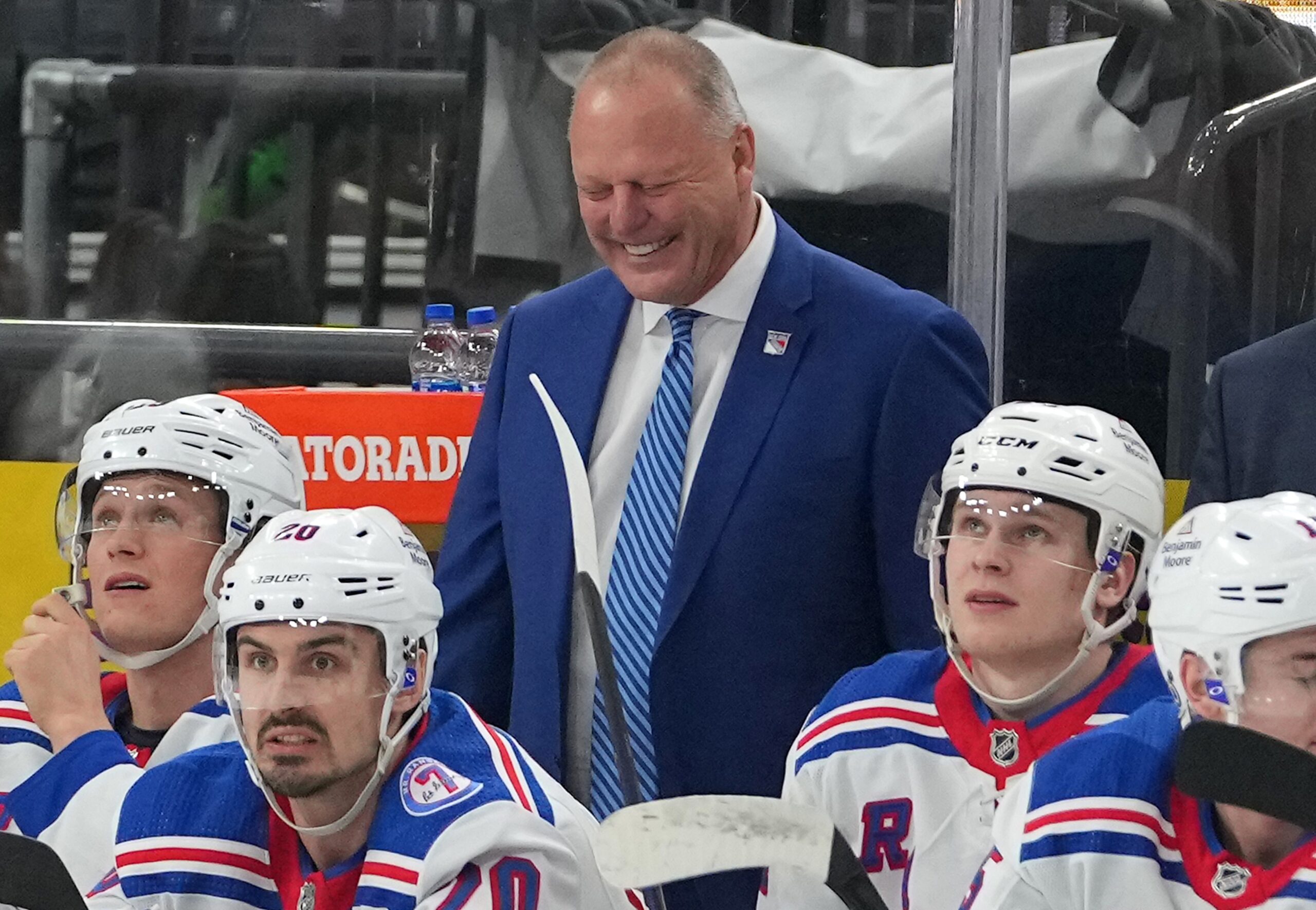
The right coach/culture
It is impossible to judge whether André Tourigny will be the right man for the next stage of this Coyotes rebuild. Given the hand that he has been dealt, all that is really open for evaluation right now is the team’s compete level, the team’s culture (both of which receive high marks to date), and the team’s ability to implement systems and play a style best suited to winning (the Coyotes could be more focused on strong defensive play than they have shown so far).
It is difficult to comprehend what Florida and Vegas were thinking when they let Gerard Gallant go. As the numbers below his photo above show, success follows Gallant wherever he goes. It’s probably one of the biggest reasons that the Rangers are ahead of schedule with some arguably significant holes in the lineup, including up the middle.
Today’s coaches have to instill work ethic and adherence to systems and fundamentals, but they also have to build relationships. That piece of the culture is key, as are the right players to fit that culture, but the entire organization has to exude the same sort of vibe.
The Rangers do everything first class, from their building to the way they treat their support staff, to their practice facility, to their community and alumni relations. All of those things matter. Players and coaches talk. No matter what type of veneer teams try to project, players and coaches won’t be fooled. They know exactly what it’s like to play for those organizations. If you aren’t treating certain elements of your organization with respect and the appropriate investment, word gets around, your reputation suffers, and you won’t have success attracting the best players, coaches and staff.
It will be fascinating to watch the Rangers’ progress over the next couple of seasons to see how well they can implement their plan. Some things will go wrong (for example, will Lafreniére and Kakko pan out?), but will they have enough insurance in place to weather the bumps in the road?
The Coyotes are several years behind the Rangers. Despite the obvious differences between the timelines, markets and franchises, New York is a model well worth studying for the Coyotes.
Follow Craig Morgan on Twitter
Comments
Share your thoughts
Join the conversation



